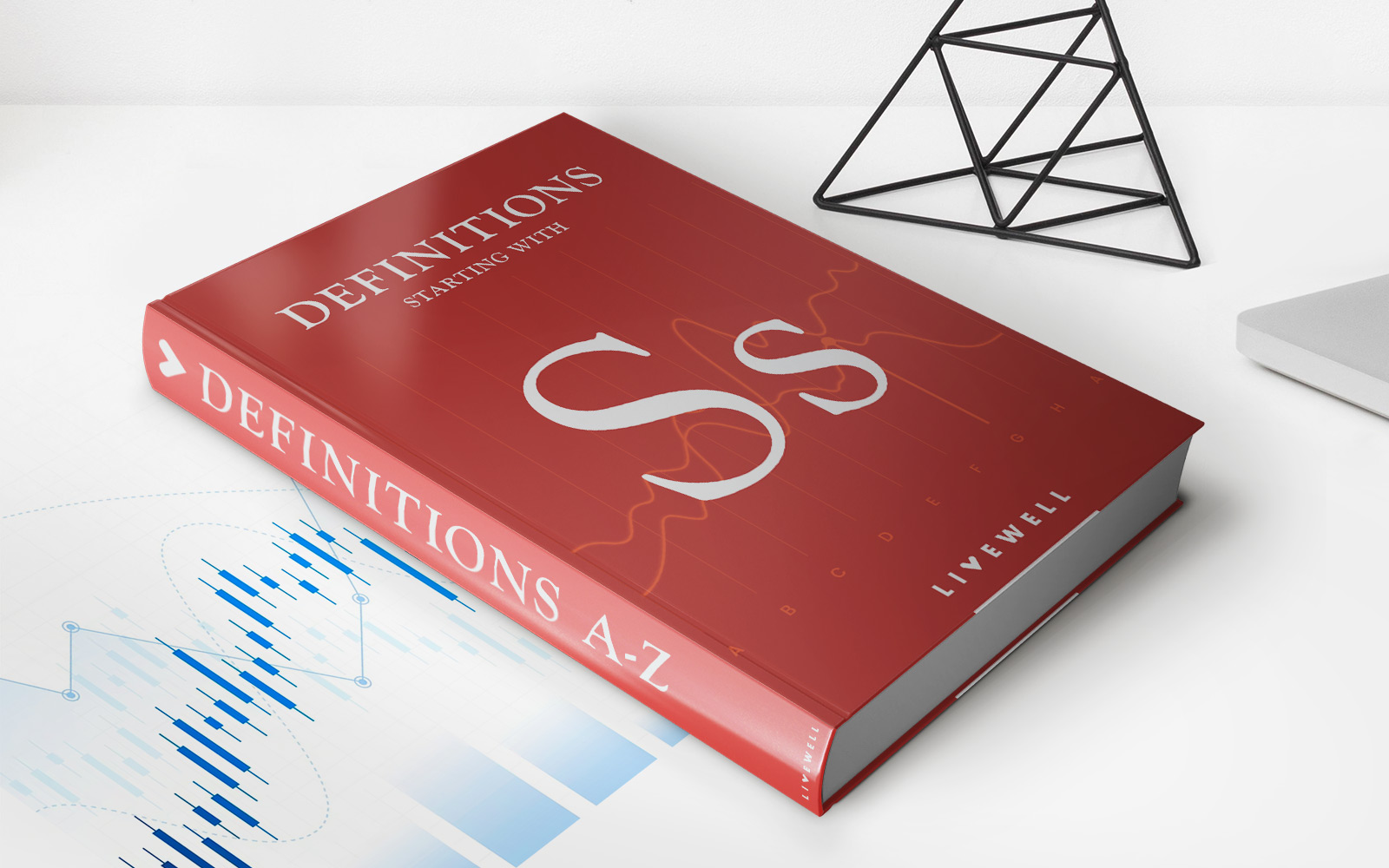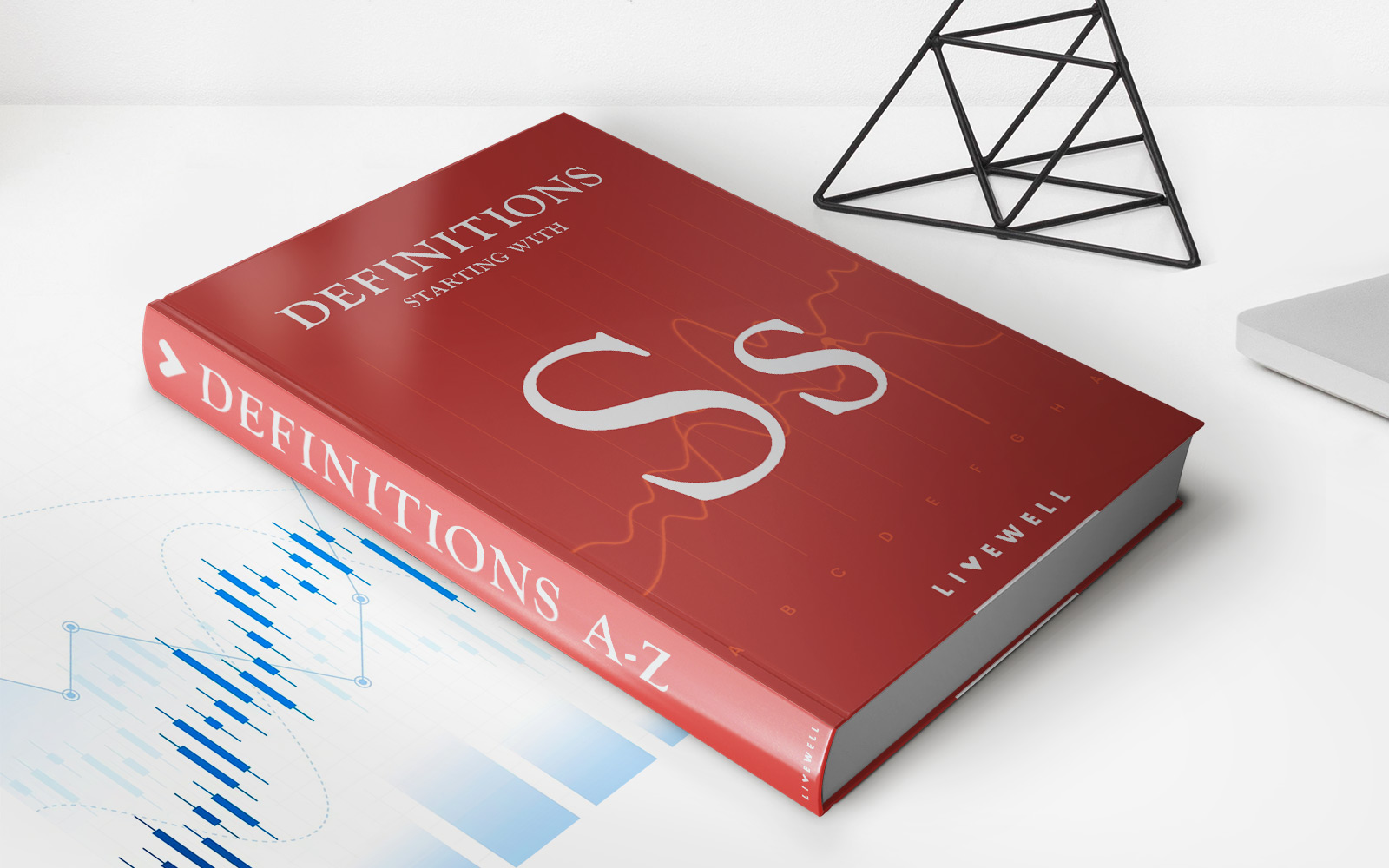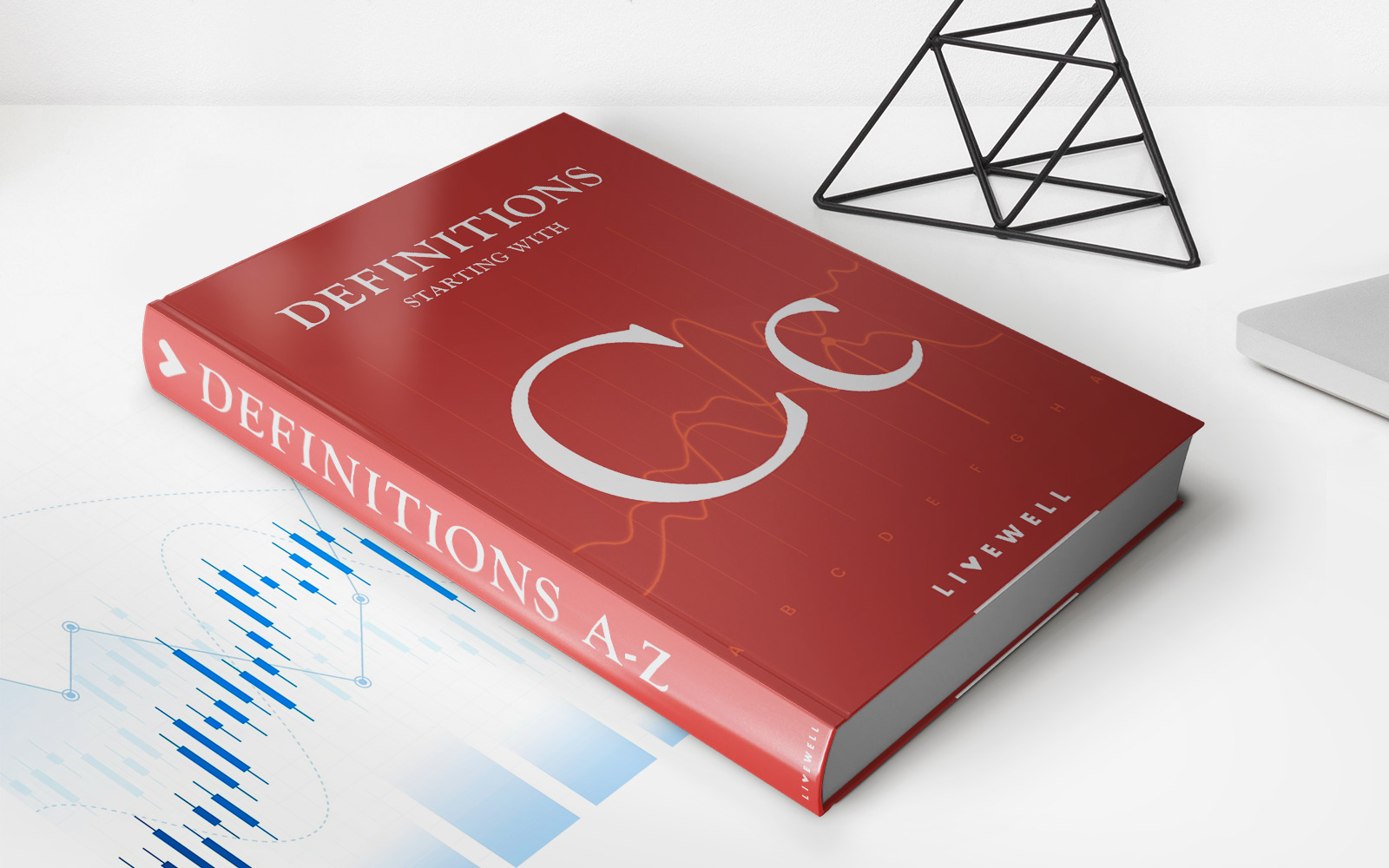Home>Finance>What Is SEC Form S-8? Definition Vs. S-1, Purpose, And Filing


Finance
What Is SEC Form S-8? Definition Vs. S-1, Purpose, And Filing
Published: January 25, 2024
Learn about SEC Form S-8 in finance. Understand the definition, differences from S-1, purpose, and filing requirements
(Many of the links in this article redirect to a specific reviewed product. Your purchase of these products through affiliate links helps to generate commission for LiveWell, at no extra cost. Learn more)
Unlocking the Mysteries of SEC Form S-8: Definition, Purpose, and Filing
Welcome to the world of finance! Today, we’re going to dive into a specific category called “FINANCE,” and shed some light on a topic that often perplexes many: SEC Form S-8. If you’re wondering what SEC Form S-8 is, how it differs from S-1, its purpose, and how it is filed, you’ve come to the right place. In this article, we will unravel the intricacies of SEC Form S-8 and provide you with valuable insights to help demystify this essential document. So, let’s get started!
Key Takeaways:
- SEC Form S-8 is a filing form used by public companies to register securities they offer to their employees as part of employee benefit plans.
- Unlike SEC Form S-1, which is used for registering securities offered to the general public, SEC Form S-8 is specifically intended for employee benefit plans.
Understanding SEC Form S-8
SEC Form S-8 is a filing form used by public companies in the United States to register securities they offer to their employees as part of employee benefit plans. The Securities and Exchange Commission (SEC) requires companies to file SEC Form S-8 to ensure transparency and compliance with securities laws.
So, what sets SEC Form S-8 apart from its counterpart, SEC Form S-1? While both forms involve registering securities, they serve different purposes. SEC Form S-1 is used for registering securities that are offered to the general public in an initial public offering (IPO) or other similar transactions. In contrast, SEC Form S-8 is specifically designated for securities offered to company employees as part of their compensation or benefit plans.
When filing SEC Form S-8, companies typically provide detailed information about the number of securities being offered to employees, the eligibility criteria for employees to participate in the plan, and any potential restrictions or limitations on the sale or transfer of the securities. These filings play a crucial role in keeping employees informed about their ownership rights and the options available for them to participate and benefit from the company’s success.
The Purpose and Benefits of SEC Form S-8
The primary purpose of SEC Form S-8 is to ensure that companies comply with securities regulations when offering securities to their employees. By requiring companies to file this form, the SEC aims to promote transparency and protect the interests of both employees and investors.
Here are a couple of key benefits and takeaways regarding SEC Form S-8:
- 1. Employee Participation: SEC Form S-8 allows companies to offer securities, such as stock options or equity awards, to their employees as part of an employee benefit or compensation plan. This allows employees to share in the company’s success and aligns their interests with those of the shareholders.
- 2. Regulatory Compliance: By filing SEC Form S-8, companies demonstrate their adherence to securities laws and regulations. This helps build trust and confidence among employees, investors, and regulatory bodies, fostering a transparent and accountable business environment.
Filing SEC Form S-8
Filing SEC Form S-8 involves a straightforward process that can usually be completed electronically through the SEC’s Electronic Data Gathering, Analysis, and Retrieval (EDGAR) system. The filing requires the completion of various sections, including details about the securities being offered, plan information, and the company’s financial statements.
It’s important for companies to consult legal counsel or accounting professionals specializing in securities laws to ensure accurate and compliant filings. These professionals can guide companies through the process, helping them provide all the necessary information required by the SEC.
Remember, SEC Form S-8 is a crucial document in the realm of finance, ensuring that employee benefit plans and compensation arrangements are in line with regulatory requirements. By understanding and embracing SEC Form S-8, companies can foster a productive and mutually beneficial relationship with their employees, while also maintaining integrity in the eyes of the SEC.
So, the next time you come across the mention of SEC Form S-8, you won’t be left scratching your head. Remember, it’s all about promoting transparency and ensuring compliance in the fascinating world of finance!














